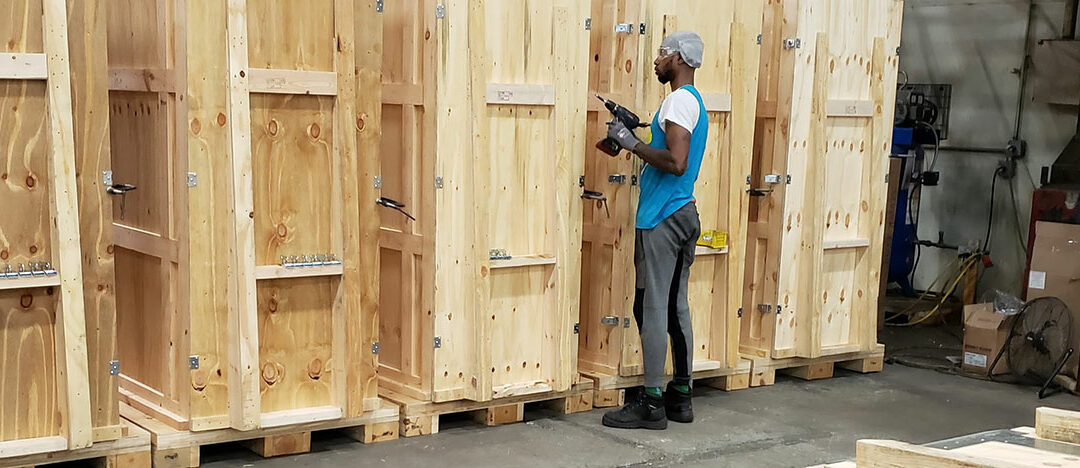Shippers of server equipment must consider a number of factors, including safety, speed, and of course, cost. Over the years, we have become aware of a number of shippers making a common set of mistakes in the name of speed and cost, yet at the expense of safety. Damage claims not only have direct costs (especially if insurance isn’t purchased), but can have indirect costs by jeopardizing mission-critical shipments.
In order to ensure that unracked equipment reaches its destination all in one piece, companies should avoid these top 5 mistakes. (Note: Some of these mistakes relate to hiring a packing and shipping company, while others relate to the do-it-yourself approach.)
- The company you hire should be the same one that will actually handle the equipment. The freight industry makes liberal use of partnerships and outsourcing, not all of which are in your best interest as the equipment owner. Be wary of companies that outsource any aspect of handling your equipment while it is still unpacked. Why would you entrust the riskiest part of the process to a company you’ve never heard of, nor had the opportunity to evaluate directly?
- Don’t settle for “blanket” mover coverage of cents per pound. Your equipment is presumably worth much more than, say, $0.60 per pound. Make sure you get 100 percent full value insurance (if your company doesn’t carry similar coverage).
- Pallets do not protect server equipment! Ensure that you or your packing vendor surround your equipment in double-wall cardboard boxes at the very least, if not wooden crates. Simply strapping equipment to pallets is only recommended in scrap/recycling situations.
- Know the limitations of OEM (original equipment manufacturer) packaging. OEM packaging is meant to provide very basic protection to equipment that incurs very few handoffs. After all, it is generally cheaper for a manufacturer to replace, say, 0.1 percent of items due to damage than it would be to “overpack” (from their perspective) 100 percent of its shipments in an effort to achieve a near-zero damage rate. In the comparatively rough freight world, better protection is required.
- NEVER pack with Styrofoam™–like foams. Technically better referred to as expanded polystyrene, these foams not only provide minimal shock and vibration protection, they also flake easily. These flakes can pass through openings in your equipment, doing permanent and serious harm. It is always advisable to cushion sensitive equipment with cut-to-fit polyethylene foam, which acts like a shock absorber in your vehicle, gently protecting your equipment from the rigors of freight handling.
Before shipping your valuable equipment, get a complete description of the packing methods to be employed by your vendor or staff. This is critical when considering quotations from multiple vendors. Be sure you are comparing “apples to apples”’ and not just prices! One final note: Be especially careful if you’re shipping small, fragile OEM-packed equipment via a ground service that has the roughest handling environment of them all. Items are routinely stacked, tossed onto sort belts, and allowed to fall up to several feet into sort bins, without regard to proper orientation.
Shipping has inherent damage risk, but by following good practices and avoiding the most common mistakes, you can drastically tilt the odds of a safe arrival in your favor. Good luck and safe shipping!
Industry Perspectives is a content channel at Data Center Knowledge highlighting thought leadership in the data center arena. See our guidelines and submission process for information on participating. View previously published Industry Perspectives in our Knowledge Library.

